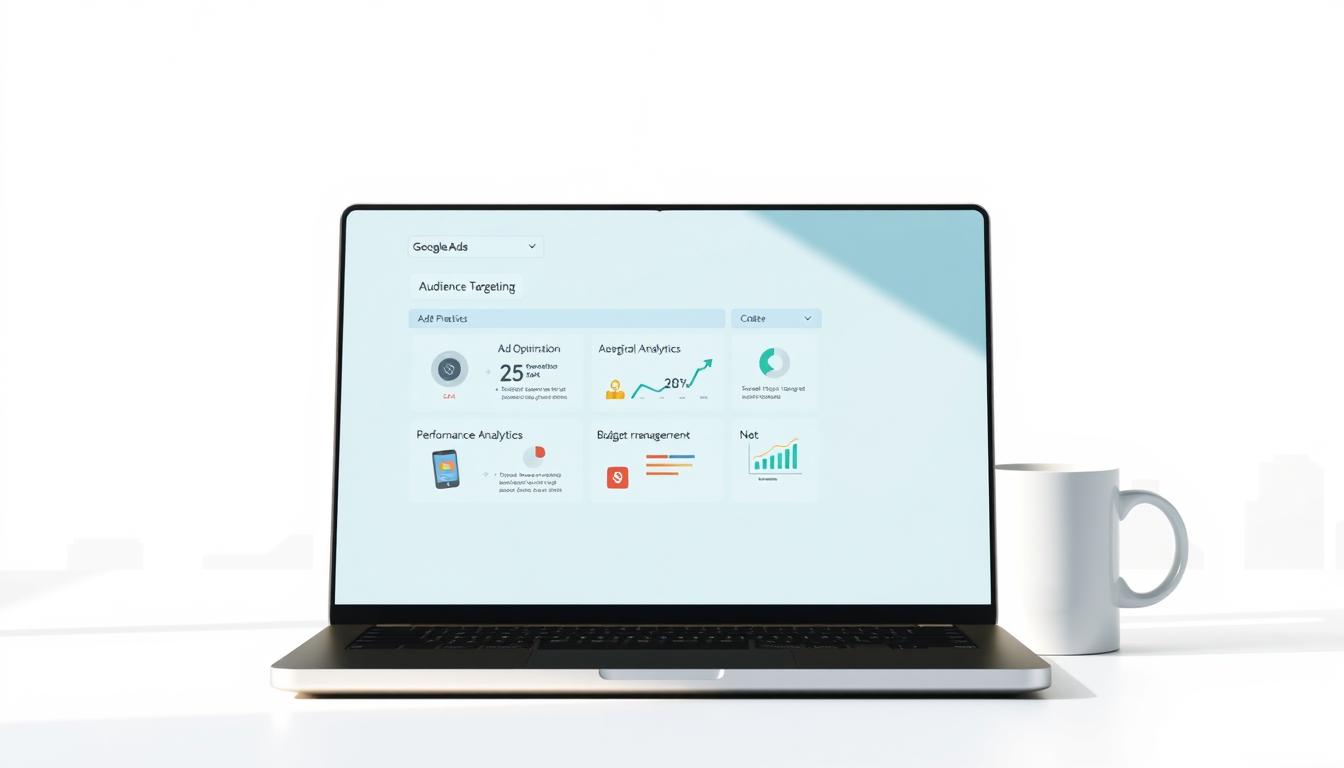A well-structured PPC account is the backbone of a successful digital advertising strategy. Without a proper structure, even the most compelling ad creatives, precise keyword targeting, and advanced bidding strategies will fail to deliver optimal performance. Many advertisers struggle with disorganized campaigns and ad groups, leading to budget inefficiencies, high cost-per-click (CPC), and lower quality scores. A fragmented structure reduces ad relevance and user engagement, making it difficult to achieve a strong return on investment (ROI). On the other hand, a strategically built PPC account ensures better control, optimization, and scalability, allowing businesses to reach the right audience at the right time with the right message.
A well-organized PPC structure is not just about grouping keywords and ads—it’s about creating a system that enhances campaign performance, maximizes conversions, and lowers advertising costs. A poorly structured account can cause budget misallocation, audience overlap, and inefficient ad delivery, preventing advertisers from maximizing their ad spend. When the right hierarchy and segmentation are applied, businesses experience better-quality traffic, improved click-through rates (CTR), and higher lead generation success.
With insights from WiFi Digital, a leader in PPC optimization and paid media strategy, this guide will cover the best practices for structuring a PPC account to drive long-term efficiency, high conversion rates, and lower CPCs. From campaign segmentation and keyword structuring to AI-powered bid management and audience targeting, businesses will learn how to build a high-performance PPC framework that maximizes their advertising success.
Building an Effective Campaign Structure for Maximum ROI
A well-structured PPC account starts with proper campaign segmentation, which ensures that advertisers maintain full control over budget distribution, targeting precision, and performance tracking. The way campaigns are organized directly impacts how Google Ads and Meta Ads algorithms perceive the relevance of ads, affecting Quality Score and Ad Rank. A poorly structured campaign typically consists of broad keyword groupings, mixed targeting, and excessive variations, which reduces ad effectiveness. By contrast, an optimized PPC account is designed with a clear hierarchy, ensuring that each campaign, ad group, and keyword set serves a specific marketing objective.
When structuring a Google Ads or Meta Ads campaign, it is important to define clear segmentation strategies. Instead of running a single campaign with mixed intent keywords and ad creatives, businesses should separate campaigns based on product categories, services, geolocation, and audience intent. For example, an e-commerce brand that sells fitness equipment should not group running shoes, yoga mats, and supplements under a single campaign. Instead, separate campaigns should be created for each product category, ensuring that ad creatives, bidding strategies, and landing pages remain highly relevant to user searches. A well-segmented account leads to higher ad relevance, improved CTR, and lower cost-per-acquisition (CPA).
A critical aspect of campaign structure is budget allocation and bid management, which should be based on historical data, conversion tracking, and business objectives. Instead of applying a uniform budget across all campaigns, businesses must allocate higher budgets to top-performing campaigns while reducing ad spend on underperforming segments. By continuously analyzing campaign performance, businesses can determine which ads, keywords, and audience segments contribute the most to ROI and adjust their bidding strategy accordingly.
Optimizing Ad Groups to Improve Relevance and Performance
The success of any PPC campaign depends heavily on how ad groups are structured. Many advertisers make the mistake of grouping too many unrelated keywords into a single ad group, leading to low relevance, poor ad performance, and wasted ad spend. Google and Meta prioritize ad relevance in determining Ad Rank and CPC, meaning that a well-structured ad group significantly impacts campaign success.
To achieve high-performing ad groups, advertisers should follow a tight thematic structure, where each ad group is centered around a specific search intent or keyword theme. Instead of having an ad group with generic terms, it is far more effective to create small, highly targeted ad groups that align closely with user queries. For instance, instead of an ad group labeled “Running Shoes” containing broad, phrase, and exact match keywords for trail running, marathon sneakers, and casual trainers, each product type should have its own dedicated ad group. This ensures that ad copy, landing pages, and keyword match types remain consistent, leading to better Quality Scores, lower CPCs, and higher conversions.
A well-structured ad group must also align ad creatives with search intent. The closer the ad copy matches the user’s search query, the higher the likelihood of a click leading to conversion. Using dynamic ad variations within ad groups ensures that each keyword triggers a highly relevant ad, improving engagement and CTR performance. By continuously refining ad group segmentation, ad relevance, and keyword themes, businesses can achieve greater ad efficiency and a stronger ROI.
Leveraging Audience Targeting to Improve Conversion Rates
Effective PPC account structuring goes beyond keyword targeting—it incorporates advanced audience segmentation to refine ad delivery and improve conversion rates. Modern advertising platforms provide powerful audience targeting features, allowing businesses to serve ads to users based on demographics, interests, online behavior, and purchasing intent. The key to high-performing PPC campaigns lies in understanding audience behavior and delivering the right message to the right user at the right time.
Audience segmentation plays a crucial role in increasing PPC efficiency, especially when combined with remarketing and lookalike audience strategies. By analyzing historical conversion data, businesses can identify their most valuable customer segments and create tailored ad experiences that drive higher engagement and lower CPCs. Instead of serving generic ads to all users, businesses can segment audiences based on purchase history, website interactions, and behavioral signals, ensuring that each ad creative and CTA is personalized for maximum impact.
Advanced audience targeting also includes geo-segmentation, where ad campaigns are adjusted based on regional demand, local search behavior, and purchasing trends. Businesses running location-based PPC campaigns can improve performance by applying bid adjustments to high-converting geographic areas while excluding low-performing regions. This ensures that ad spend is allocated to audiences with the highest likelihood of converting, maximizing return on ad spend (ROAS).
Maximizing PPC Efficiency with AI-Powered Bidding Strategies
AI-driven bidding automation has become a game-changer in PPC campaign management, allowing businesses to maximize conversions and ROI while reducing manual effort. Google’s Smart Bidding and Meta’s Automated Bidding systems analyze real-time performance data, user behavior, and competitive bidding trends to optimize bid strategies dynamically. The integration of machine learning in PPC bid management has proven to improve conversion rates while lowering CPC and wasted ad spend.
Advertisers leveraging Target CPA (Cost-Per-Acquisition) and Maximize Conversions bidding see better campaign efficiency compared to those using manual CPC adjustments. AI-driven bidding ensures that budgets are automatically shifted to high-performing ad groups, keywords, and audiences, maximizing performance without requiring constant manual intervention. Google’s Target ROAS (Return on Ad Spend) bidding further enhances campaign success by prioritizing conversions with the highest revenue potential, ensuring that ad spend generates the best possible financial return.
Automated bid strategies also work exceptionally well when combined with predictive analytics and real-time optimization tools. Businesses that integrate conversion tracking, AI-powered audience insights, and automated budget allocation consistently outperform those using traditional PPC management methods. By adopting AI-driven bid management, advertisers can scale their PPC campaigns more effectively while maintaining cost-efficiency and high conversion performance.
A well-structured PPC account is essential for cost-efficient and high-performing advertising campaigns. By implementing strategic campaign segmentation, well-optimized ad groups, advanced audience targeting, and AI-powered bid automation, businesses can maximize conversion rates, lower CPCs, and drive long-term PPC success. With WiFi Digital’s expertise in PPC optimization, businesses can refine their advertising structures, eliminate inefficiencies, and achieve scalable digital growth. Now is the time to restructure your PPC account for efficiency, optimize ad spend, and elevate your paid media strategy to new heights. 🚀
WiFi Digital: Connecting Businesses to the Digital Future
In today’s fast-paced world, where a strong digital presence is essential for business growth, WiFi Digital emerges as a strategic partner for small and medium-sized businesses (SMBs). Founded in 2023 and based in London, Ontario, the company has a clear mission: to provide affordable, high-quality solutions that help businesses thrive online. With an experienced and passionate team, WiFi Digital goes beyond simply creating websites and marketing strategies. Its purpose is to empower entrepreneurs, strengthen brands, and give clients more free time to focus on what truly matters – growing their business and improving their quality of life.
WiFi Digital develops websites that authentically and professionally represent your brand, optimizes systems and digital marketing strategies to enhance visibility and return on investment (ROI), and offers affordable, customized solutions, ensuring that businesses of all sizes have access to effective growth tools. With transparency, partnership, and innovation, the company provides each client with the necessary support to achieve real results.
Business digitalization is not just about numbers or metrics. It directly impacts entrepreneurs’ well-being, bringing more organization, efficiency, and freedom to focus on what truly matters. WiFi Digital understands that by investing in digital solutions, businesses gain time, reduce operational stress, and create opportunities to connect better with their customers. A well-structured online presence not only increases sales but also strengthens the public’s trust in the brand.
Beyond technical expertise, WiFi Digital’s key differentiator is its commitment to people. The company values genuine relationships, creates tailored strategies, and works side by side with clients to ensure that every solution meets their specific needs. If you’re looking to boost your brand, attract more customers, and still have more time to focus on what truly matters, now is the time to act!
💡 Transform your digital presence with experts who understand your needs.
📩 Contact us now: contact@wifidigital.ca
🌍 Learn more: www.wifidigital.ca
🚀 Your growth starts here!



